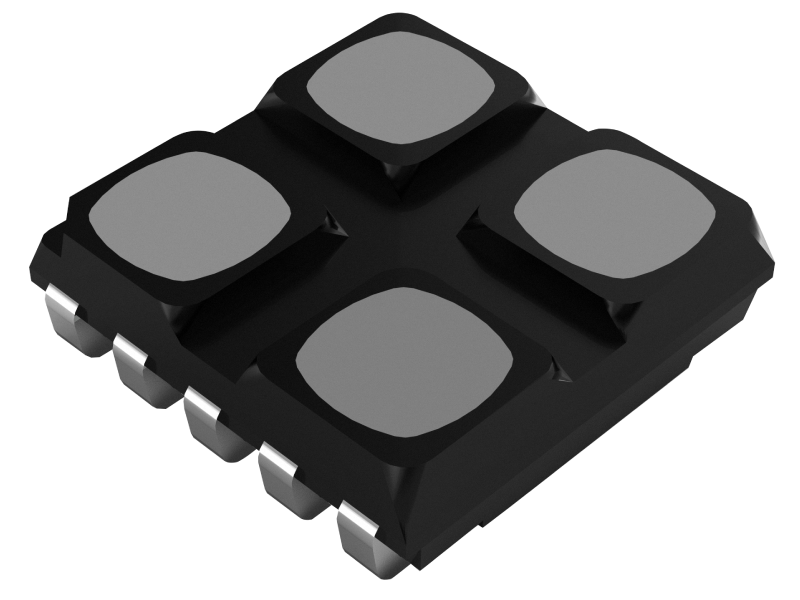LED stands for Light-Emitting Diode. It is a semiconductor device that emits light when an electric current passes through it. LEDs are widely used in various applications due to their efficiency, durability, and versatility.
LEDs are constructed using a semiconductor material, typically a compound of elements such as gallium, arsenic, phosphorus, or nitrogen. The specific composition of the semiconductor determines the color of light emitted by the LED. Common LED colors include red, green, blue, yellow, and white.

Kinglight 4195 4-in-1 LED for P1.95 indoor LED display
The operation of an LED is based on the phenomenon called electroluminescence. When a forward voltage is applied to the LED, electrons and holes recombine within the semiconductor material, releasing energy in the form of photons. The energy of the photons determines the color of light emitted.
LEDs offer several advantages over traditional incandescent or fluorescent lighting.
LEDs have found applications in a wide range of industries and products, including lighting fixtures, displays (such as LED TVs and screens), automotive lighting, backlighting for electronics, street lighting, and many more.
Due to ongoing advancements in LED technology, the efficiency and capabilities of LEDs continue to improve, leading to even more widespread adoption in various industries and applications.
LEDs come in various types, each designed for specific applications and characteristics. Here are some common types of LEDs.
These are the standard, widely used LEDs with two leads (anode and cathode) that are soldered onto a circuit board. They are available in different sizes, colors, and viewing angles. Through-hole LEDs are often used in indicator lights, displays, and simple lighting applications.
SMD LEDs are smaller and more compact than through-hole LEDs. They are mounted directly onto the surface of printed circuit boards (PCBs) using soldering techniques. SMD LEDs are commonly used in electronic devices, backlighting, and compact displays due to their small size and energy efficiency.
High-power LEDs are designed to emit a significant amount of light in comparison to standard LEDs. They can handle higher drive currents and produce higher luminous flux. High-power LEDs are used in applications that require intense illumination, such as automotive lighting, architectural lighting, and high-brightness displays.
OLEDs consist of organic compounds that emit light when an electric current passes through them. They offer advantages like thinness, flexibility, and self-emission, meaning they do not require a separate backlight. OLEDs are commonly used in smartphone displays, televisions, and wearable devices due to their high contrast, wide viewing angles, and vibrant colors.
RGB (Red, Green, Blue) LEDs contain three separate LED chips within a single package—one for each primary color. By varying the intensity of each color, RGB LEDs can produce a wide range of colors and create dynamic lighting effects. They are used in applications like decorative lighting, signage, and multimedia displays.
Infrared LEDs emit light in the infrared spectrum, which is invisible to the human eye. They are used in various applications, including remote controls, security systems, proximity sensors, and night vision devices.
UV (Ultraviolet) LEDs emit ultraviolet light, which is useful in applications such as sterilization, counterfeit detection, curing of adhesives, and forensic analysis.
Smart LEDs, also known as addressable LEDs or pixel LEDs, are individually controllable LEDs that can be programmed to display different colors and patterns. They often come in strips or matrices and can be synchronized to create dynamic lighting effects. Smart LEDs are commonly used in decorative lighting, signage, and entertainment applications.
These are just a few examples of the different types of LEDs available in the market. Each type has its own characteristics and applications, allowing for versatile and efficient lighting and display solutions across various industries.